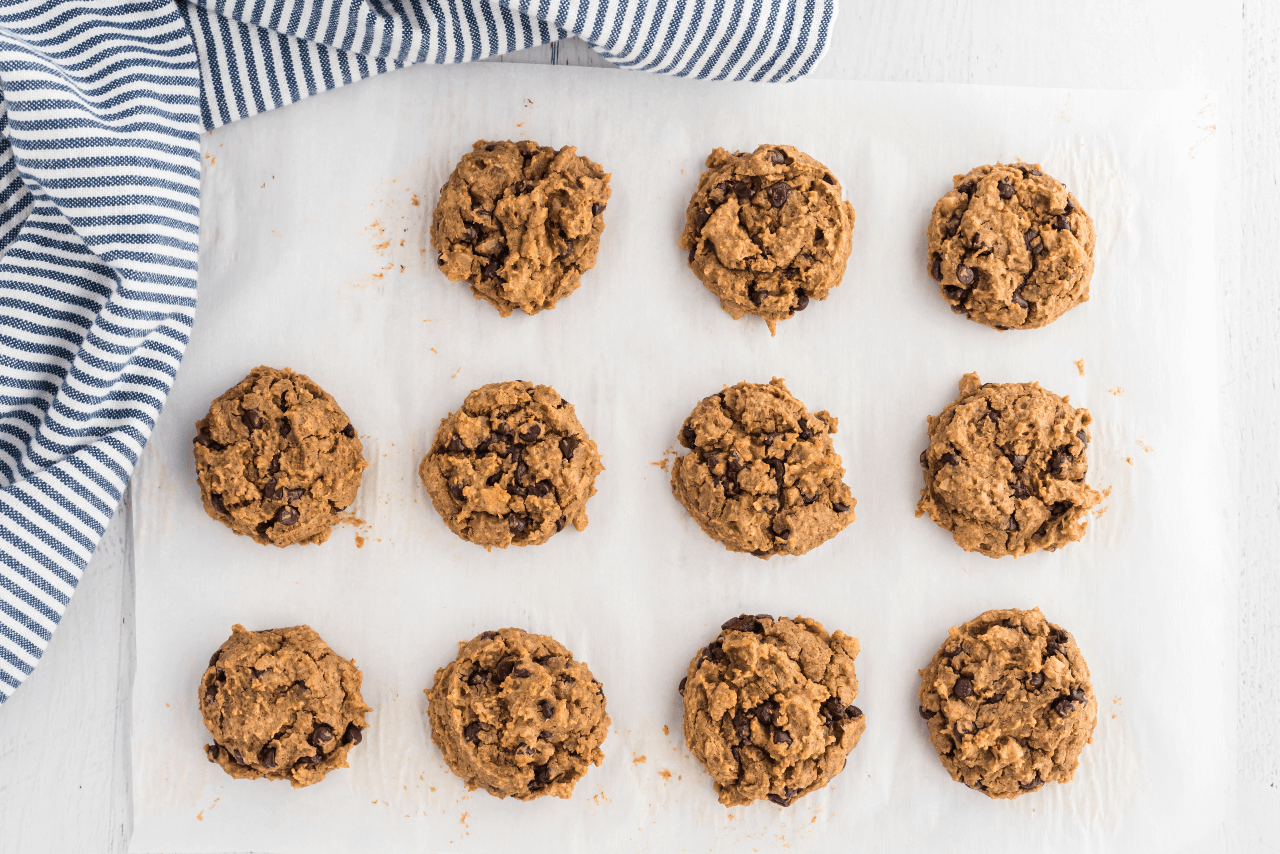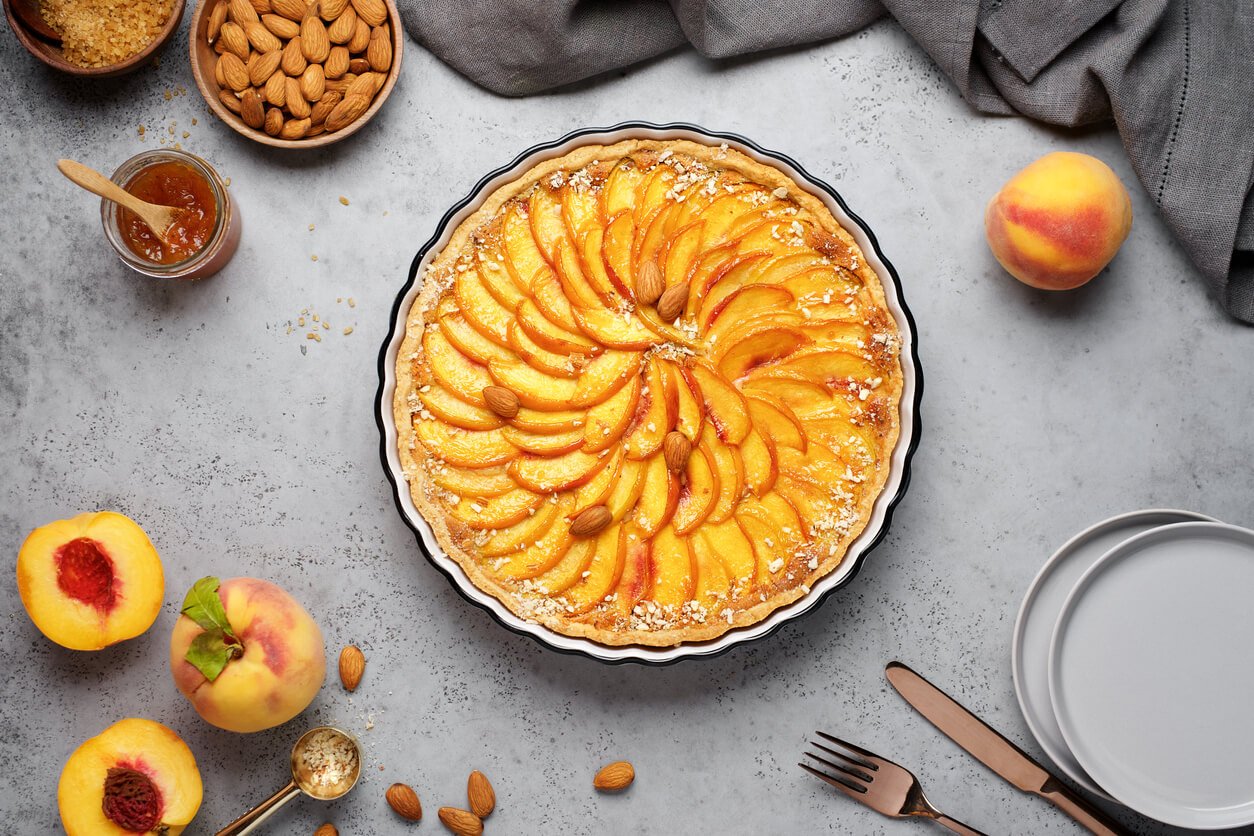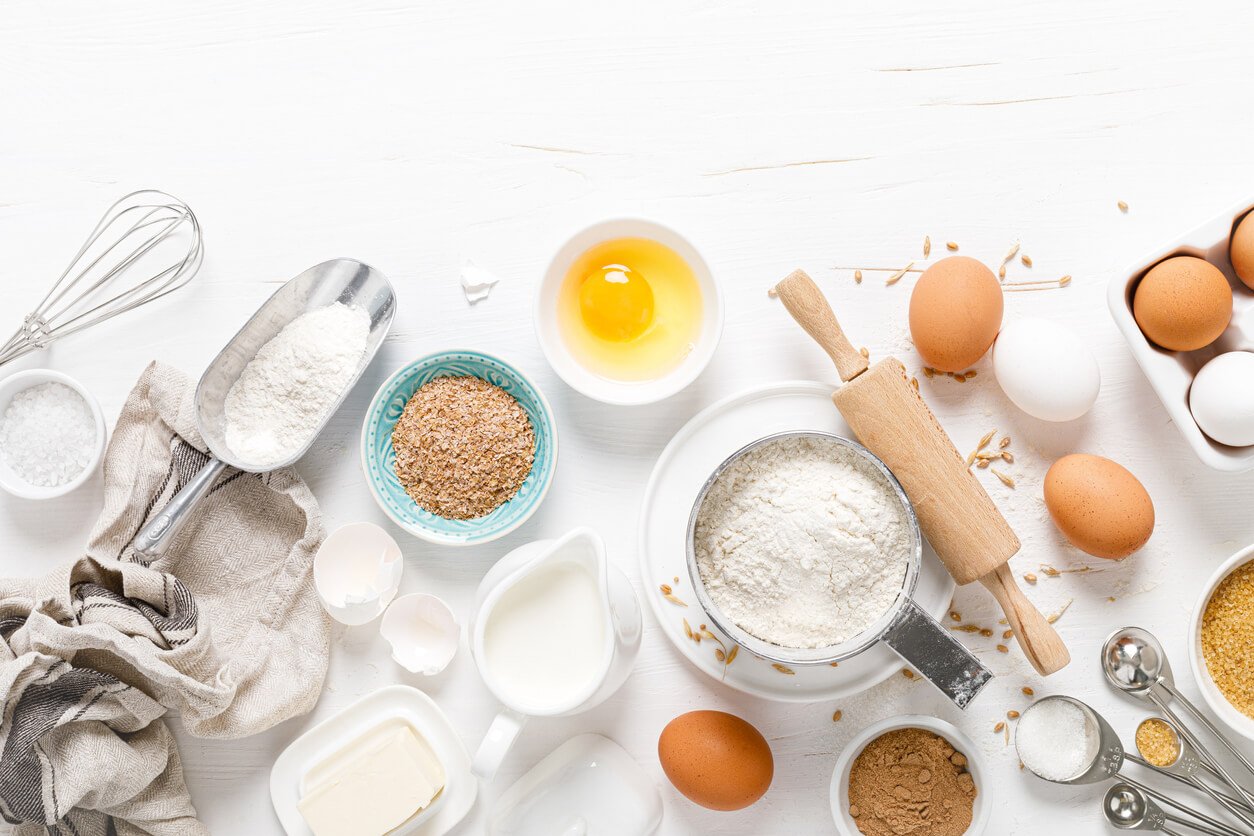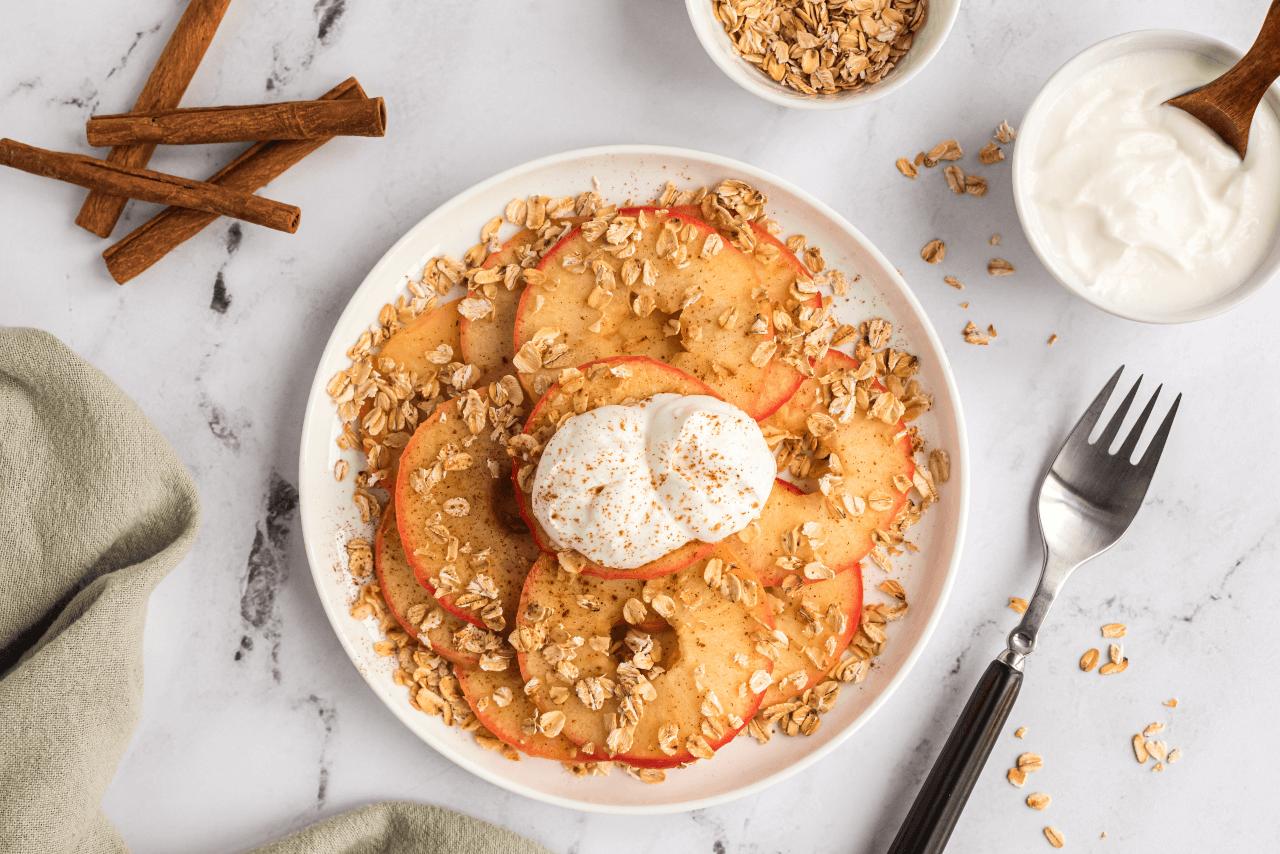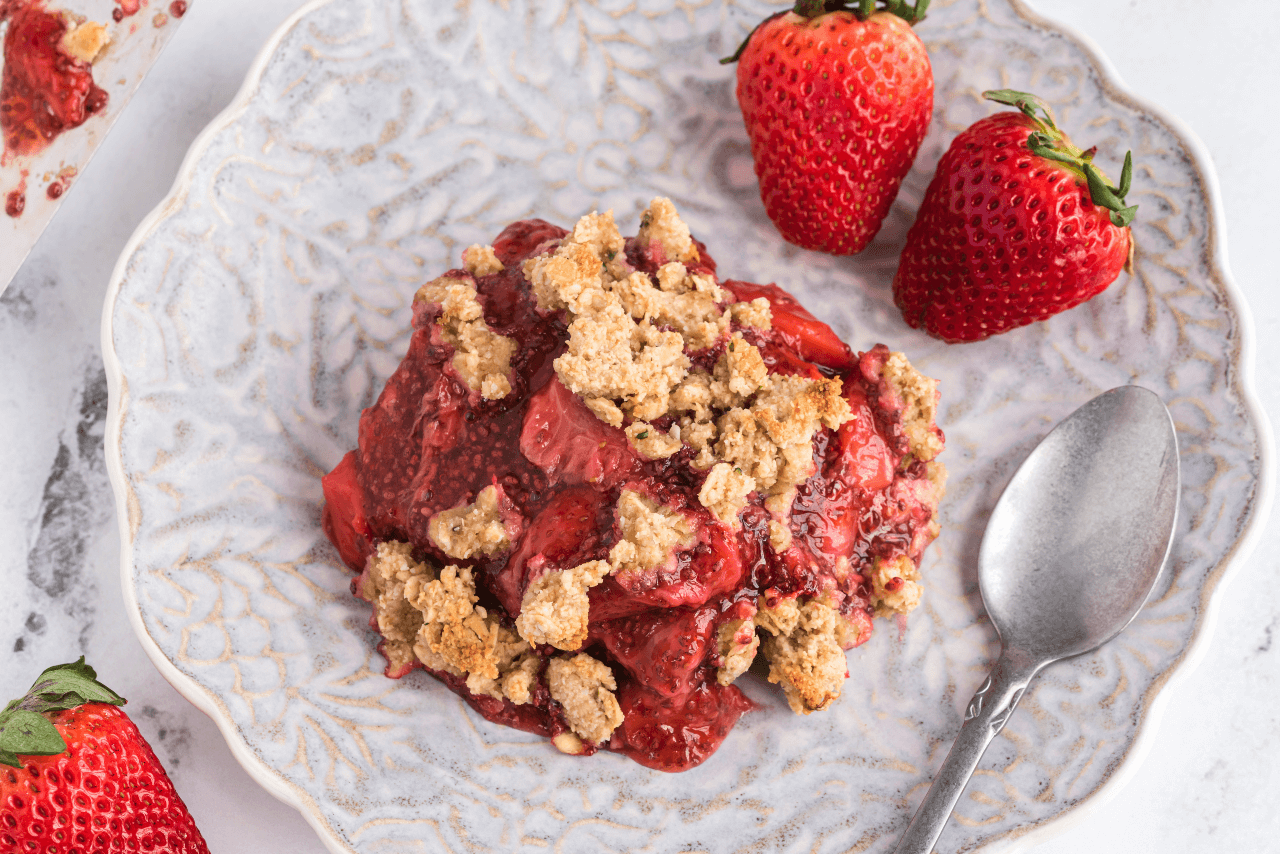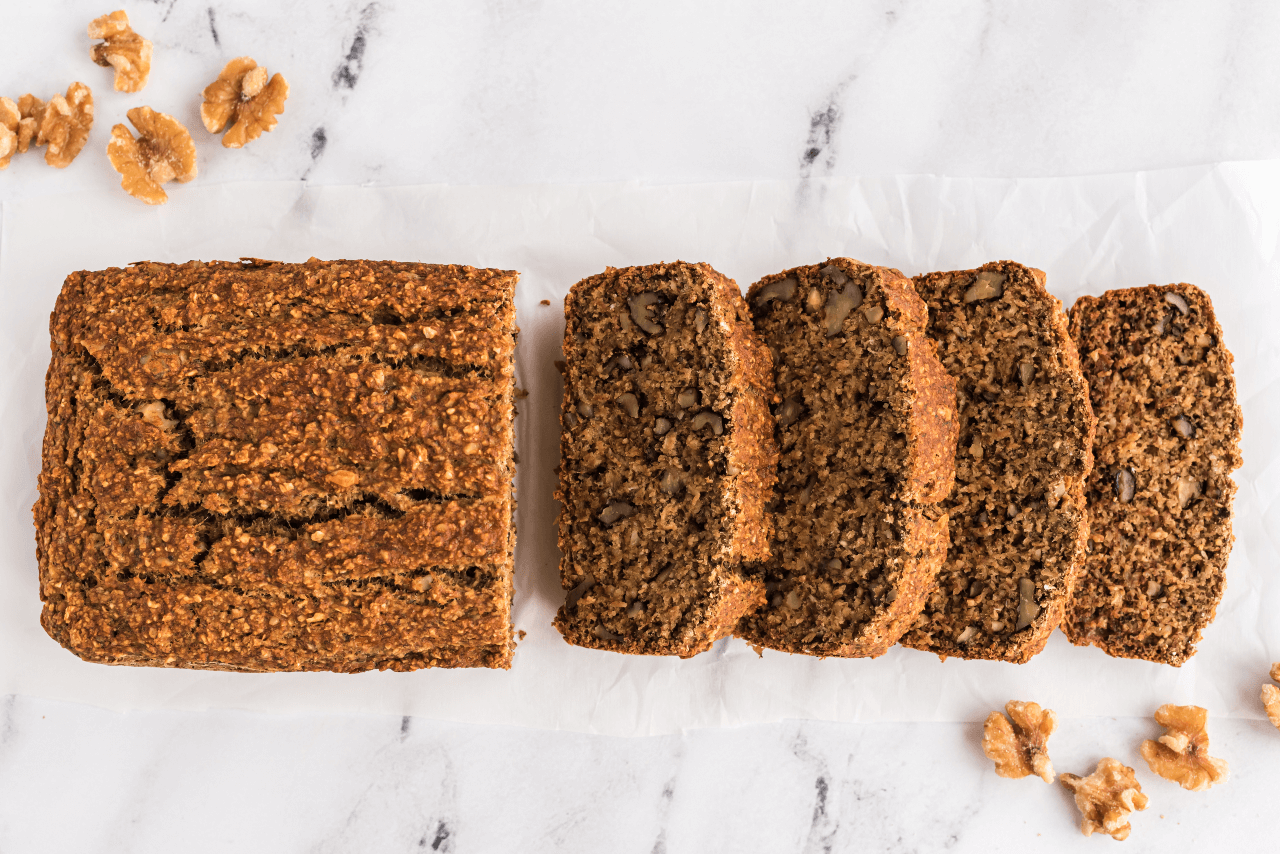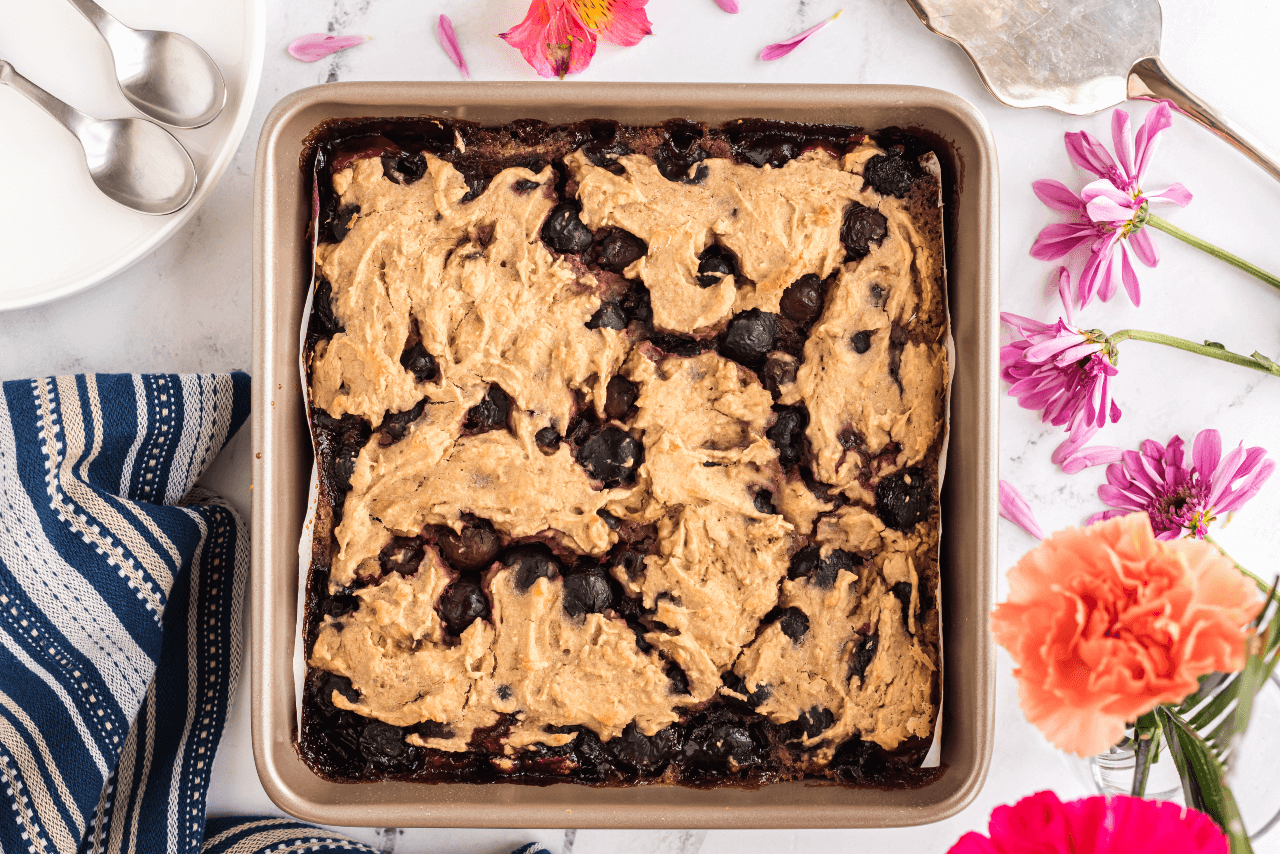Let’s talk about peaches for a minute. They’re delicious, obviously, and fuzzy. They’re a favorite cobbler filling. There’s a water tower in Gaffney, South Carolina, called the “Peachoid,” which was built in 1981 and repainted in 2015 to look less like a “giant butt,” thus reducing traffic accidents on nearby Interstate 85.
But what I really want to talk about is the peach’s contribution to sports history. In 1891, a Canadian phys ed instructor named James Naismith received an assignment from his boss at the Massachusetts school where he taught (now Springfield College). Could Naismith invent a game that could safely be played indoors during the winter and provide sufficient exercise for the energetic young students?
Naismith had an idea for a game in which two teams tried to throw a ball into a box nailed high on a wall. The school janitor was unable to locate any boxes but did have a couple of peach baskets that he was willing to part with. Naismith nailed the baskets to the bottom rails of the 10-foot balcony in the gym, created 13 rules, and introduced the game to his students, who enthusiastically began pummeling each other in an attempt to gain possession of the ball and toss it into one of the baskets. Since the ball had to be fished out of the basket after every score, these early games were low-scoring affairs (the first one took an entire gym period and ended up 1-0).
Soon the peach baskets lost their bottoms and eventually were replaced by fabric nets. Dribbling was invented (prior to this, players couldn’t move while in possession of the ball). And thus, thanks to peaches, the game of basketball (can you hear it now?) was born.
Utilizing Substitutions for Healthier Desserts
So what does this have to do with dessert? Well, one of the world’s most popular sports came into existence as a result of substitutions: baskets for boxes and nets for baskets — which is great news if you love warm desserts. They can be wonderfully wholesome if you know how to use substitutes.
Desserts are fabulous, right? They can provide a satisfying coda to a meal, and they can be eaten on their own. Some folks, noting life’s many uncertainties, even advocate eating dessert first!
Cold desserts get a lot of the buzz, thanks to favorites like ice cream, popsicles, and standards like cheesecake and tiramisu. But warm desserts can be a big hit too. Think of a steaming pie or a warm gooey cookie right out of the oven — they can satisfy and comfort us anytime, but especially on cold days.
But here’s the problem: the best-known warm desserts aren’t exactly healthy. They’re typically full of ingredients like white flour, refined sugar, and dairy.
And that’s where peach-basket-ball comes in. As James Naismith was inspired to improvise and try new things in order to come up with what would become a new world favorite, you too can employ creative alternatives to enjoy warm desserts that are delicious, comforting, and good for you and those you love.
Types of Warm Desserts
While there are thousands of warm dessert recipes, most fall into one of a few basic categories. Let’s go through them here, and try not to salivate too much.
Baked fruit pies
Let’s face it — the key innovation for fruit pies is basically the edible plate. Fruit is cooked, often with a sweetener and spices, and baked in a crust that hardens to keep it all together. Some of the iconic fruit pies include apple, blueberry, peach, strawberry-rhubarb, and cherry. If you’re plant-based, leave out the four and twenty blackbirds. For Christmas, make sure there’s a plum in there somewhere, so Jack Horner doesn’t destroy the whole thing with his thumb.
Fruit cobblers
Take a fruit pie, lose the crust, immerse the fruit in batter, and bake until it sets. Voila — a cobbler, which has nothing to do with shoemakers but may be related to cobblestones thanks to the uneven surface of the topping when baked.
Fruit crisps
Fruit crisps, and their cousin, fruit crumbles, consist of a baked fruit dish topped with something crumbly. According to the internet, which is never wrong, crisps differ from crumbles in having a thinner layer of topping, and one that contains rolled oats. Now you know.
Sweet breads and rolls
Humans do not live by bread alone — sometimes we need sweet breads. To be very clear, I’m not talking about “sweetbread,” which is a very misleading term for a dish consisting of the cooked gland of an animal. No, dear reader. I’m being totally literal here — I really mean a bread that is sweet. These can include things like cinnamon rolls, brioches, croissants, banana bread, babka, pastries, tea cakes, and panettone.
Brownies
Brownies are chocolate-flavored confections baked in a pan. They can be more cake-like or fudgy, depending on which team you belong to. For some reason, brownies are almost always square or rectangular, which means there’s probably a fortune to be made in trapezoidal or cylindrical brownies. Some are frosted, and others are bare. A less popular cousin, called the blondie, is more or less identical but leaves out the chocolate or cocoa flavoring.
Cookies
According to Wikipedia, the three qualities that make a cookie a cookie are its small size, flat shape, and sweet taste. Examples include the famous chocolate chip cookie, the oatmeal raisin cookie, the snickerdoodle, the macaroon, and New York City’s major contribution to world cuisine, the black and white cookie.
Bread puddings
Bread puddings arose as an attempt to make stale bread not only palatable but irresistible. To this end, stale loaves are typically soaked in milk, sugar, syrup, fat, eggs, dried fruit, and spices, and then baked. To be fair, this kind of treatment might turn a cardboard box into a tasty delicacy.
Fondue
There was a time when every thrift store in the US had way too many fondue sets. They were the quintessential housewarming gift, regardless of whether someone would use one or not. Then fondue parties got hot once people figured out that you don’t just have to dunk bread and meat into gooey cheese. Dessert fondues include fresh fruit dipped in chocolate, pretzels dipped in caramel, and marshmallows in peanut or butterscotch fondue.
Turnovers
Turnovers are fillings surrounded by dough and then baked. Most of these, like calzone and samosas, are savory. But the iconic apple strudel and apple turnovers represent the dessert side of turnovers.
Dumplings
Dumplings, at least the sweet kind, feature lumps of batter spooned onto fruit, and then baked. Classic dessert dumplings include fruit flavors like blueberry, apple, and peach.
Warm Dessert Ingredients
As you read through that list of classic warm desserts, you may be wondering, “How on earth can I make healthy versions?” And it’s true, some of them are simply pleasures to be indulged on a very occasional basis (as in, Christmas Eve as opposed to, say, every weeknight).
But take inspiration from the saga of James Naismith, who not only invented, but continually improved upon the game of basketball by using baskets instead of boxes, then cutting the bottoms out of the baskets, and finally swapping out baskets for nets. Just like James, you too can improve upon even the most decadent warm desserts by subbing out the most problematic ingredients with healthier alternatives. That way, you can keep them delicious and satisfying without compromising your health or your ethics.
Let’s look at the most impactful swaps you can make.
Sugar
Many desserts, hot and cold, contain large amounts of refined sugar. Studies show that sugar is addictive, grabbing the same neural pathways as drugs such as alcohol and cocaine. It can cause a whole host of health problems, including damaging your heart and brain. Some sugar is made from sugar cane, and some is made from GMO sugar beets.
Fortunately, there are a lot of ways to sweeten your warm desserts without refined sugar. Some sugar substitutes include whole fruits — especially sweet ones like grapes and strawberries (frozen and defrosted strawberries are especially sweet). Dates are another popular whole food alternative to sugar. You can buy dried dates at grocery stores, food co-ops, or online — and turn them into paste or syrup in your kitchen. Or, buy a prepared date sweetener ready for use, such as date paste, date syrup, and granulated date sugar. Organic stevia and xylitol also provide sweetness in the absence of sugar.
Dairy
Many of the desserts mentioned above are typically full of dairy products. Lots of baked goods use milk, butter, buttermilk, and cream as ingredients. Some “hot out of the oven” warm desserts come served a la mode or “a la whipped cream” (that’s not a real phrase, is it?).
But dairy is implicated in many health issues. The high concentrations of saturated fat, especially in the thicker, creamier dairy products, have been shown to be detrimental to heart health. And many people, especially those whose ancestry is not northern European, lack the ability to digest the main milk sugar, lactose, and therefore can suffer from a variety of uncomfortable symptoms when they consume it. Since milk is still marketed as a healthy food for growing strong bones, many people who are lactose intolerant don’t know it and simply put up with the discomfort of the condition without ever addressing the root cause. (Fortunately, there are many great plant-based sources of calcium. For more on the topic, click here.)
Dairy is also an environmental disaster. Factory farmed cow operations release huge amounts of greenhouse gas emissions, drawdown aquifers because of their huge need for water, and pollute their surroundings. The hormones and antibiotics routinely fed to these cattle end up in our soil and water — and our bodies!
So it’s a good thing that there are so many awesome dairy alternatives that we can use to make our warm desserts. You can find commercial plant-based milks, ice creams, and whipped creams. You can also make your own to avoid problematic additives.
Make vegan buttermilk by adding lemon juice or organic apple cider vinegar to a plant-based milk. Organic apple sauce can be an excellent substitute for oil in baked goods. And if the butter in your recipe serves as a binder, you can substitute applesauce (it’s so versatile!), avocado, and nut butters to hold your mixture together. If you’re looking for that creamy consistency and taste, blend tofu or soaked nuts and use that to replace the cream.
Eggs
Many warm dessert recipes use eggs as a binder. And while your taste buds and stomach may rejoice in the moment, in the long term, there are good reasons to limit or eliminate eggs from your diet.
Some of the issues surrounding dairy also apply here. Egg-producing factory farms are perhaps even crueler than dairy operations. The environmental impact of large egg facilities is devastating to local communities and the planet as a whole. While small backyard operations can be sustainable, that’s not where commercial eggs come from. And it usually takes way more water, land, and greenhouse gas emissions to feed chickens who produce eggs than to use those resources to feed humans directly. Furthermore, large amounts of egg consumption are linked to health issues such as heart disease and type 2 diabetes.
There are many plant-based ways to get egginess into your baking without the eggs. You can now buy commercially produced egg substitutes such as Just Egg. And there are several powdered egg replacers that you can deploy by adding water. You can also go low-tech but high-function by mixing your own flax or chia eggs. Pureed fruit can also provide the liquid and binding power of eggs.
White Flour
Flour in and of itself isn’t necessarily a problem in moderation (see my Editor’s Note, below), especially when it’s whole grain. But most commercially baked desserts, and most mainstream dessert recipes, call for white flours, which are not only highly processed, but also often bleached to make them whiter. The nutrients are stripped away, or may be added back in the form of synthetic vitamins.
And unless the wheat flour is organic, it may be contaminated with glyphosate, an herbicide identified as both a potential human carcinogen as well as potentially harmful to soil and aquatic life. Even if you’re enjoying organic wheat flour, you may want to take it easy on quantities. Too many refined carbohydrates can lead to sugar spikes, which over time, can damage your health.
Healthier alternatives to white flour exist. If you’re allergic or sensitive to wheat, you can still enjoy gluten-free flours and flour-free recipes for your warm desserts. Some of these are highly processed, but you can also buy or make healthy versions. Organic rolled oats and other whole grains can substitute for wheat flour. If you’re avoiding grains entirely, or want a fattier flour, consider almond or garbanzo flour. If you can handle gluten, you can bake with organic 100% whole wheat flour.
Ways to Eat Warm Desserts
So now that you’ve just gotten a Master’s Degree in Warm Dessertology, how can you re-welcome warm desserts into your healthy life?
Well, for starters, you can just enjoy them on their own. If you want to get all Downton Abbey (or Bridgerton, or Masterpiece Theatre, depending on your preferences and generation), you can accompany them with hot coffee, tea, or another warm beverage. Remember to take dainty bites and keep at least one pinky elevated at all times.
If you’re going to relegate these warm desserts to rare treats, a good time is at the end of a holiday meal. You can pair them with plant-based ice cream or whipped cream if you want to wow your guests, or your Snapchat or Instagram followers.
You can share them — what a thought! — with others as part of a potluck or dessert tasting menu. This can lead to a wonderful game of “Fooled you — this is actually vegan!”
And you and your loved ones can curl up and enjoy some of these scrumptious warm desserts while watching your favorite seasonal or holiday movie (like It’s a Wonderful Life or It’s Tax Day, Charlie Brown!).
However and wherever you choose to indulge, make sure you eat slowly, enjoying every bite, and give thanks for whatever in your life deserves gratitude. That kind of mindfulness makes everything just a bit sweeter!
7 Comforting Warm Dessert Recipes
Finally (I hear you!), we’re getting to the actual warm, comforting, nourishing, and nutritious recipes. The whole food, plant-based ingredient lists belie their ability to transform into seemingly indulgent desserts. I hope that you will experience firsthand the culinary joy that is Cozy Baked Apple Slices, Ooey Gooey Strawberry Crumble, Chocolate Walnut Brownies, and more. We look forward to reading about your experiences on the recipe pages.
1. Cozy Baked Apple Slices
So simple, yet so scrumptious, apples take center stage as a warm dessert you are about to fall in love with. The beauty of warm apples is that they can be enjoyed solo or topped with plant-based yogurt, alongside “nice” cream, or topped with your favorite homemade granola (yum, yum, and yum!). No matter how you choose to enjoy it, this cozy treat will give you all the feelings from head to toe.
2. Ooey Gooey Strawberry Crumble
This warm dessert is everything — crunchy crumble, gooey strawberries, and heavenly flavor. This is one that the kids are going to love (big kids too!). Strawberries are packed with vitamin C; chia seeds and oats are loaded with fiber, and almond meal and hemp seeds bring plenty of plant-based protein. Shhh…we won’t tell them that not only is it delicious, but it’s good for them too!
3. Banana Walnut Bread
This Banana Walnut Bread certainly qualifies as a warm dessert — it’s naturally sweet, nutty, moist, and perfectly satisfying. We suggest serving it with banana nice cream for a special after-dinner treat. Bonus: since it’s packed with fiber, plant protein, and tons of phytonutrients, you can also serve it as a snack or for breakfast!
4. Sweet Cherry Cobbler
If you’re not enjoying sweet cherries, in-season or frozen, you’re missing out on both flavor and nutrition. Cherries are known for their nitric oxide-boosting effects, dilating blood vessels, and increasing blood flow. They’re also chock-full of antioxidants that scavenge free radicals, helping to prevent lifestyle diseases. Enjoy them in this warm, sweet cobbler for a cozy treat that will excite your taste buds and soothe your soul.
5. Warm Open-Faced Pear Pie
Warning: You might want to make two of these, so there are no arguments over dessert in your house. Or, if you want to welcome a new neighbor, make this and bring it over fresh from the oven. Pecans and dates create a perfectly crispy crust, while pears bring the ooey-gooey sweetness to the filling. Enjoy with a scoop of plant-based ice cream!
6. Chocolate Walnut Brownies
Calling all chocolate lovers! This delectable brownie will delight all of your senses with its crispy outside, dense inside, and flavor explosion from the moment you bite into it. Don’t have an air fryer? No problem! Make them in the oven (see Chef’s Notes) instead. Either way, you’ll be getting nutritional goodness from the oat flour (fiber), dark chocolate (antioxidants), flax meal (omega-3s), and banana (prebiotics).
7. Chocolate Chip Chickpea Cookies
This recipe is sure to confirm your notion that chickpeas are pretty magical. High-protein and high-fiber garbanzos create the most delicious chocolate chip cookie dough that you can bake into a soft and chewy treat. With seven grams of protein and over five grams of fiber per serving, plus flavor to boot, you won’t go wrong with this warm, tasty, and nutritious snack!
Cozy Up with a Warm Healthy Dessert
Warm desserts can be comforting and delicious, especially during the colder months. While they don’t traditionally contain the healthiest of ingredients, there are plenty of healthy, plant-based substitutions you can make to improve upon the classic recipes. I hope this article empowers you to enjoy warm desserts in a variety of ways. And I hope you’ll let us know your favorite healthy, warm dessert recipe.
Tell us in the comments:
- What’s your favorite warm dessert? How can you make it healthier for yourself and gentler on the planet?
- Which warm dessert recipe above will you try first?
- What occasion will you choose for sharing a healthy, warm dessert with others?
